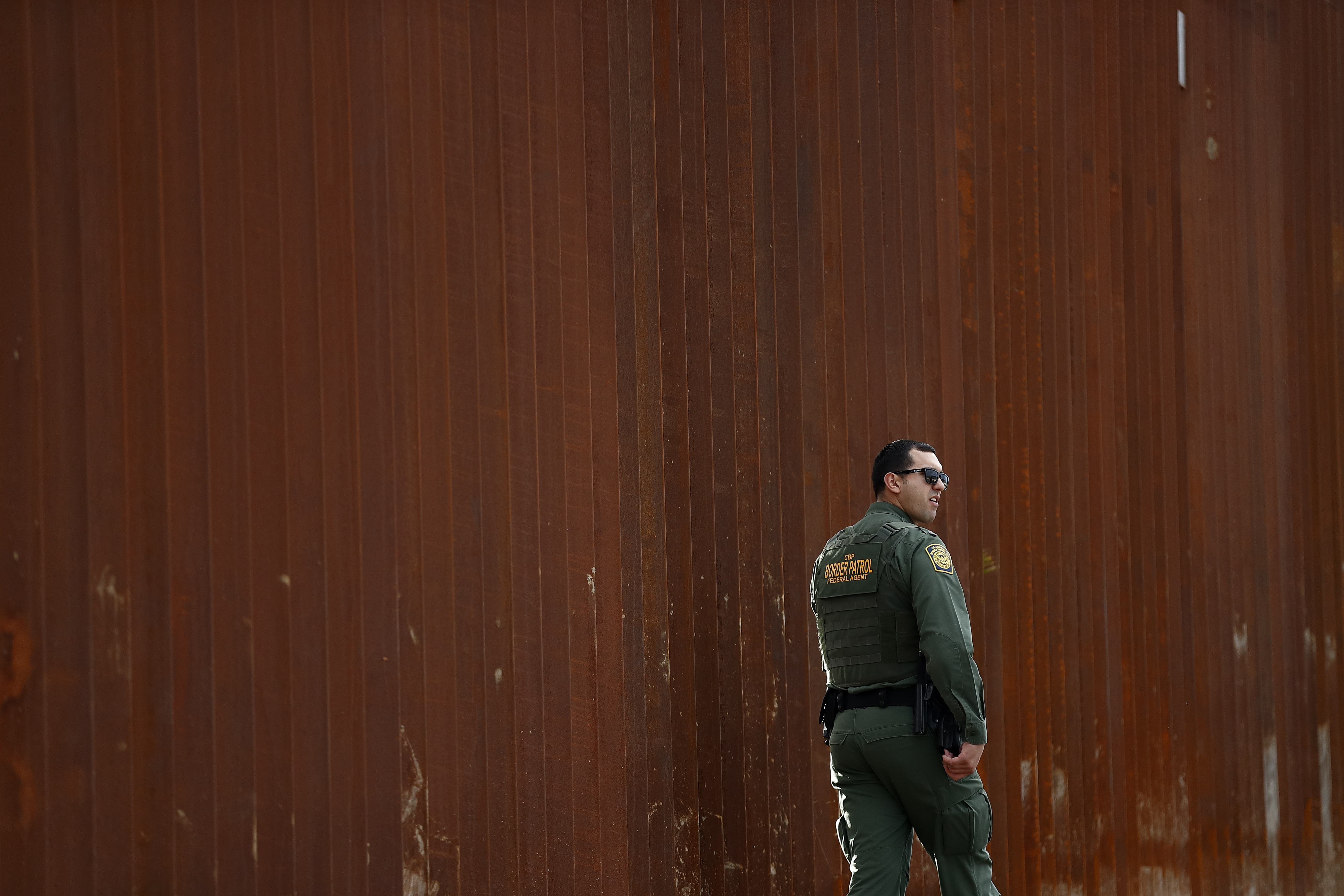
AP FACT CHECK: Declaring emergency for wall not so ordinary
WASHINGTON (AP) — President Donald Trump’s plan to declare a national emergency to free up money for his border wall would be an extraordinary step, despite his statement that predecessors liberally used such power.
The White House said Thursday that Trump plans to go ahead with the declaration as part of his effort to direct money unilaterally to wall construction, because Congress agreed to give him far less than he demanded in the deal averting another government shutdown.
It’s a contentious move, likely to be legally challenged, and not something presidents routinely do, contrary to his rhetoric:
TRUMP: “You know, we already have national emergencies out there. You know, President Obama, President Clinton, President Bush — they’ve declared many national — this is not unique. They’ve declared many national emergencies. Many, many.” — remarks at a Cabinet meeting Tuesday.
THE FACTS: The emergency action would be rare. The presidents he cites did not use emergency powers to pay for projects that Congress wouldn’t support.
Emergency declarations by Obama, Bush and Clinton were overwhelmingly for the purpose of addressing crises that emerged abroad. Many blocked foreign interests or terrorist-linked entities from access to funds. Some prohibited certain imports from or investments to countries associated with human rights abuses.
“It’s extremely rare for a president to declare a national emergency in a bid to fund domestic construction projects, particularly one that Congress has explicitly refused to fund,” said Andrew Boyle, an attorney in the national security program at the Brennan Center for Justice. “The ones that former presidents declared are of a different sort.”
With Congress unwilling to give Trump anything close to the $5.7 billion he wants to build a portion of the border wall, he had suggested for some time that he would find money elsewhere, whether with an emergency declaration or by other means.
He might find some support from several laws passed in the 1980s. One says that in a declared national emergency requiring the use of the armed forces, the defense secretary can shuffle military construction dollars that have been approved by Congress to construction projects that were not specifically authorized.
Another allows approved Army civil works money to be shuffled similarly to a new purpose.
The presidents Trump referred to did not undertake such projects.
Altogether, Clinton declared 17 national emergencies, Bush, 13, and Obama, 12, according to a list compiled by the Brennan Center .
The Brennan Center has tracked 58 emergency declarations back to 1978, of which 31 remain in effect.
Obama’s emergency declarations were aimed at blocking access to property of “certain persons” involved in crises abroad — Ukraine, Burundi, Venezuela, Central African Republic, South Sudan, Yemen, and Libya, among other countries. He also used the declarations to punish the Russian government and transnational organizations.
His only declaration not centered on foreign interests came in 2009, when he declared a national emergency to deal with the H1N1 flu pandemic.
Bush and Clinton were similarly focused on foreign crises in their declarations. Clinton used one to prohibit transactions with the Taliban in 1999; Bush issued several in response to the 2001 terrorist attacks.
___
Associated Press researcher Jennifer Farrar in New York contributed to this report.
___
Find AP Fact Checks at http://apne.ws/2kbx8bd
Follow @APFactCheck on Twitter: https://twitter.com/APFactCheck
The Western Journal has not reviewed this Associated Press story prior to publication. Therefore, it may contain editorial bias or may in some other way not meet our normal editorial standards. It is provided to our readers as a service from The Western Journal.
Truth and Accuracy
We are committed to truth and accuracy in all of our journalism. Read our editorial standards.
Advertise with The Western Journal and reach millions of highly engaged readers, while supporting our work. Advertise Today.












